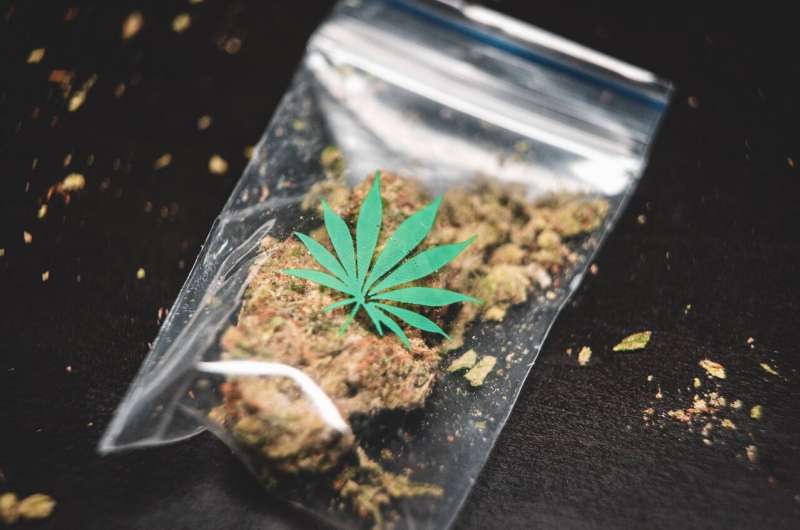
California bars kids from cannabis dispensaries and shields them from cannabis marketing, but those statewide restrictions aren’t working as well as policymakers had hoped.
That’s according to a new study in JAMA Pediatrics that evaluates how these regulations designed to protect minors have held up five years after voters legalized cannabis.
The study looked at 700 licensed cannabis dispensaries in California and found that many retail locations have inadequate screening processes, which allows minors to enter and view items that should be restricted to adults 21 and over.
“Our data shows that youth can potentially be exposed to cannabis marketing and products despite California appearing to have tight laws,” said study co-author Rosalie Liccardo Pacula, a fellow at the USC Schaeffer Center for Health Policy and Economics and Elizabeth Garrett Chair in Health Policy, Economics and Law at the USC Price School of Public Policy.
“As more states legalize cannabis, we need better mechanisms, including funding and agency authority for random compliance checks, to ensure that regulations are being followed—just as we did with tobacco.”
Cannabis dispensaries loosely follow regulations designed to protect minors
In California, dispensaries are required to screen out underage customers before they reach retail areas where cannabis marketing and products are displayed. They do this by posting clearly visible age-limit signage and by having an ID checkpoint. The checkpoint can be on the exterior or interior, as long as it’s before the area where products are displayed.
Trained researchers who were close to the legal age to purchase cannabis—usually between 21 and 23 years old—were sent into dispensaries across California to test these screening processes. The researchers assessed regulations like age-limit signage, ID checkpoints and exposure to cannabis marketing materials.
Ninety-seven percent of the dispensaries complied with ID checks, but only 12% of dispensaries checked IDs outside and nearly 68% of dispensaries failed to comply with age-limit signage. Most dispensaries required proof only after entering where cannabis marketing materials and products were present.
“The low rate of compliance with age-limit signage and exterior ID checkpoints means it is easier for minors to enter cannabis dispensaries,” said lead author and study principal investigator Yuyan Shi, who is an associate professor in the Herbert Wertheim School of Public Health and Human Longevity Science at the University of California, San Diego. “Once they’re inside, whether it is accidental or not, they can see an array of cannabis marketing materials and products.”
Shi and Pacula found that 35% of dispensaries had items that may appeal to teens and children inside retail areas. A majority of dispensaries also had promotions, first-time purchase discounts and weekly or daily deals, which may also appeal to teens and children. Nearly 22% were in violation of California’s free sample ban for takeaway items and 16% violated on-site consumption bans.
A narrower focus on screening practices is needed
In California, cannabis dispensary compliance checks are not mandated. It’s up to local authorities to conduct them regularly, though many lack the resources to do so, the authors find.
“While some dispensaries may be following the letter of the law with ID checks, they are not following the spirit of the law that intends to keep minors away from cannabis marketing and promotion of products,” Pacula said.
As legal recreational cannabis use is passed in additional states, Shi and Pacula recommend mandated random compliance checks and financial penalties for noncompliant dispensaries.
Source: Read Full Article






